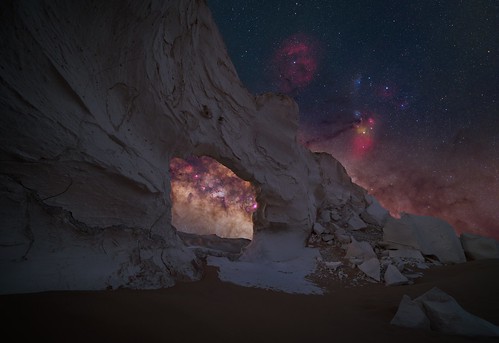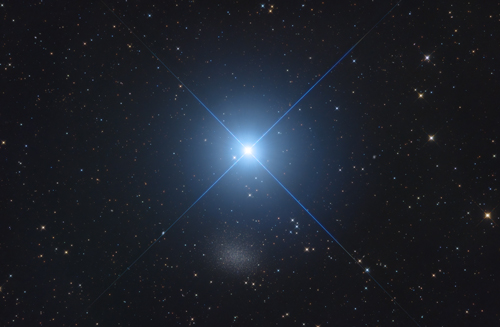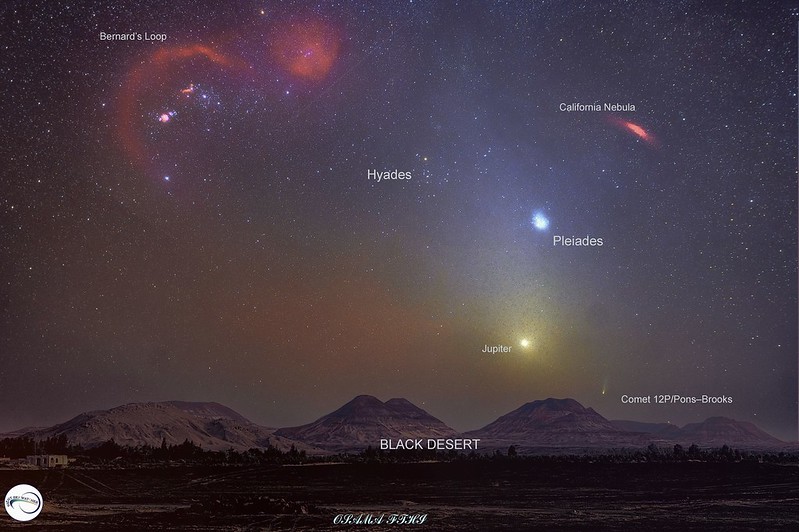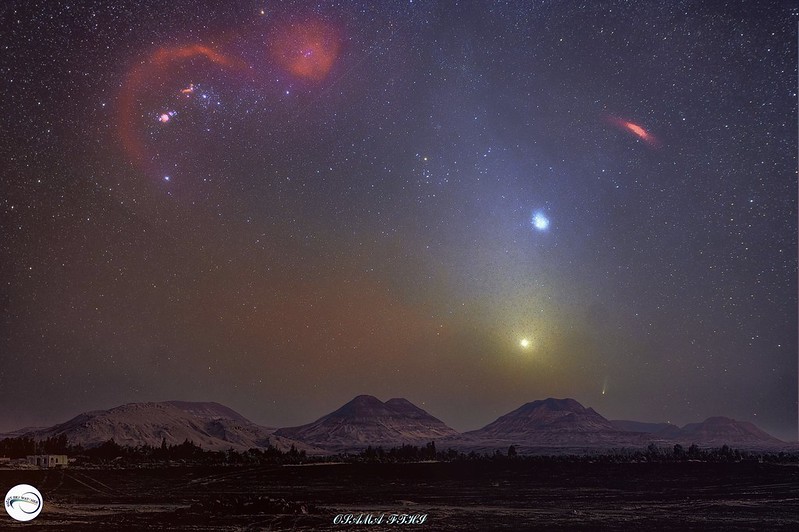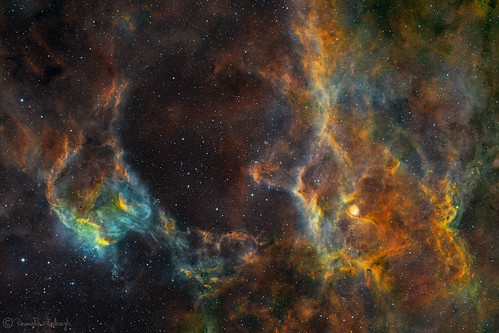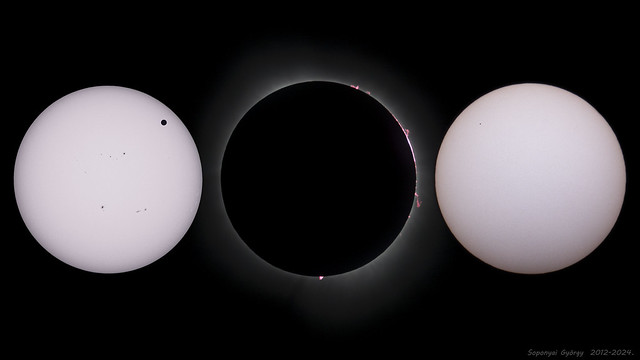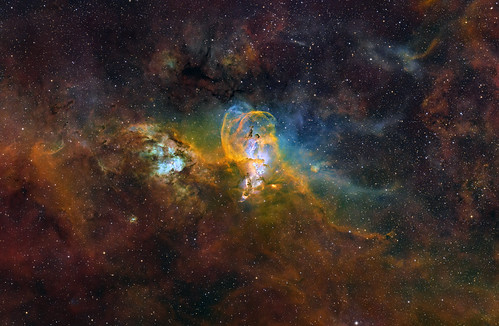 https://cdn.astrobin.com/thumbs/eKskRRg ... TZ0INm.jpg
https://cdn.astrobin.com/thumbs/eKskRRg ... TZ0INm.jpg
For your consideration: my longest project to date. With just over 42 hours, IC 2944 - The Running Chicken Nebula, was quite a challenge to image with such a little scope. IC 2944, famously known as the Running Chicken Nebula, lights up the southern skies in the constellation of Centaurus. This active stellar nursery, not just a visual spectacle but also a site of complex cosmic phenomena, is easily identifiable by its unique avian shape, which has captured the imagination of astronomers and stargazers alike.
All my socials here:
https://linktr.ee/deepskyjourney
HQ version here:
https://www.astrobin.com/wl4lt1/D/
In my Astrobin post above, you can find more details information about several parts of the image. What I like about it is that it highlight many interesting areas, such as:
Center of IC 2948 (Thackeray's Globules): This detailed crop of IC 2948 reveals the mysterious Thackeray's Globules - small, dense molecular clouds that appear as dark silhouettes against the brighter nebular glow. These globules are key sites for studying the early stages of star formation, providing clues about the life cycle of stars and the conditions within bustling nebular environments.

Below λ Centauri (Favorite Section): My favorite part of the nebula lies just below λ Centauri, where a nebulous formation presents itself with a mesmerizing blend of colors and shapes. This area, rich in ionized gases and scattered starlight, offers a breathtaking view that highlights the artistic beauty inherent in the cosmos.

NGC 3766: This snapshot focuses on NGC 3766, an open star cluster that appears as a sparkling jewel box in the night sky. Known for its tightly packed stars, NGC 3766 provides a stunning contrast to the diffuse nebulosity surrounding it, showcasing the diversity of astronomical objects in this region.

Filamentary Shell - G296.2-2.8: Captured in the top left of the wideview, this image segment highlights the eerie and delicate Filamentary Shell G296.2-2.8. The faint, thread-like structures of this shell weave through the cosmic background, offering a ghostly vista that underscores the dynamic processes at play in the interstellar medium.

Snapshot of PK294-00.1:Last but not least, this image features PK294-00.1, a lesser-known but intriguing planetary nebula within this vibrant celestial landscape. Characterized by its circular, symmetrical appearance and distinct emission lines, PK294-00.1 provides a unique visual contrast to the chaotic formations of the surrounding nebulae. Its structured form and the emission spectrum are key for astronomers studying the evolutionary phases of stars post-supernova.

Tech Specs:
Telescope: William Optics RedCat 51 II
Camera: ZWO ASI2600MM Pro
Mount: NEQ6-Pro
Imaging Dates: March 29-30, April 2-3, 8-15, 2024
Total Exposure: 42h 15min
Thanks for checking!
Rod



